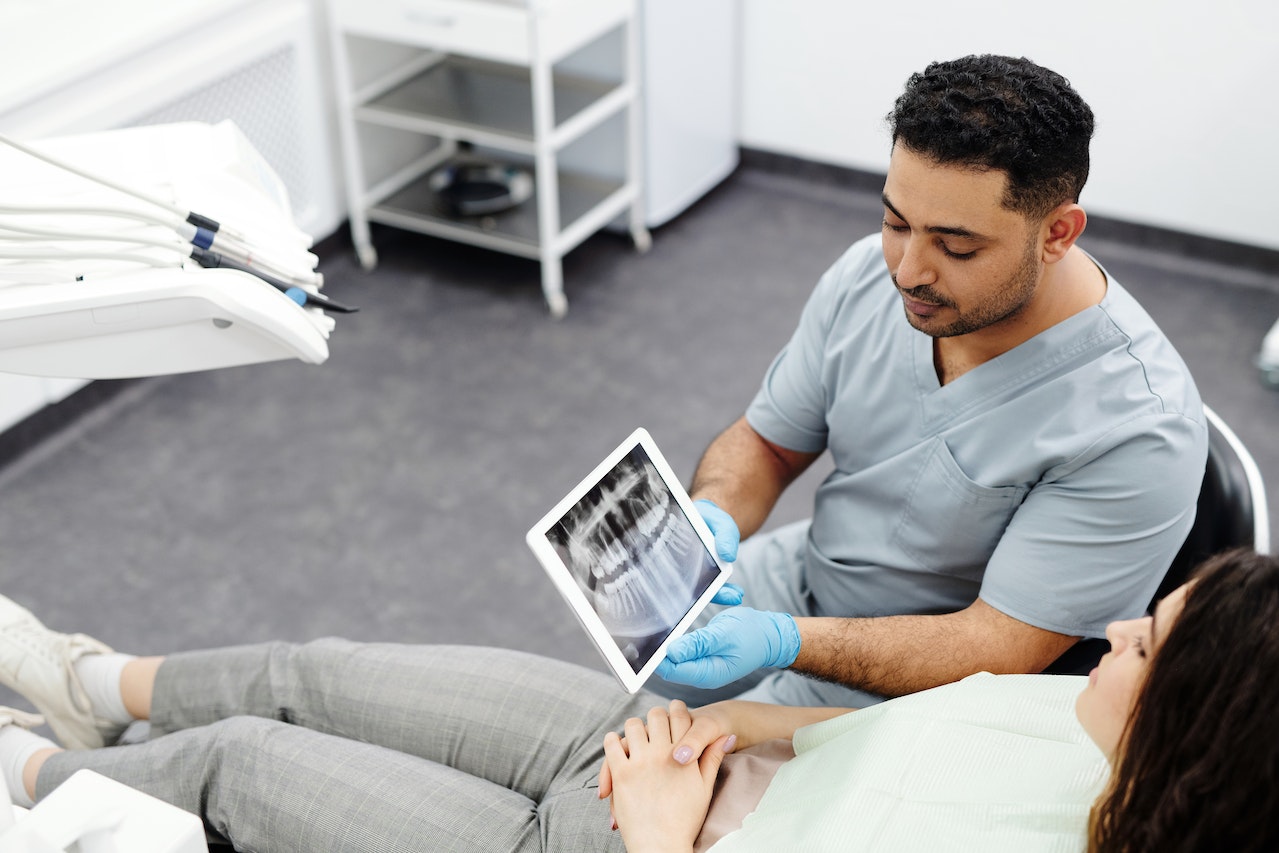No matter their specialty, every dentist strives to deliver exceptional patient care. They want to ensure that the results they experience are effective and attractive. They understand how important an individual’s smile is to them and the impact it can have. Delivering the very best care requires using equipment that facilitates effective care. Combining these tools with the skills of a talented dentist makes it possible for patients to receive the very best dental care possible. CBCT, Cone-Beam Computer Tomography, has revolutionized dental imaging in those clinics that have it.
CBCT And Its Impact On Endodontic Care
Root canal procedures and other endodontic care require working in some of the most challenging environments in the oral cavity. We’ve all heard, “I’d rather have a root canal than…” This phrase implies that the procedure is a torturous affair. This is no longer the case with technology such as dental lasers and the new CBCT imaging device. Root canals are generally a comfortable experience that can save a tooth and relieve significant pain. This is accomplished by removing the infection from the tooth and sanitizing it. The tooth is then sealed and capped with a crown that restores function and appearance.
During this procedure, it’s necessary to find all the tiny canals from which the treatment gets its name. The target infection is within the pulp cavity of the tooth and these canals. If a small canal is missed, the infection can return even after sealing and sanitizing the tooth. This is why getting a clear view of all the internal structures of the tooth is essential to lasting results. The CBCT can achieve this by producing some of the highest quality images available to dentists.
CBCT imaging starts with having the patient stand in a special device. Their chin rests on support, so the head does not move during imaging. A special camera hung on a swing arm passes in a 180 arc in front of the patient twice. Each pass takes dozens of images of the patient’s oral structures using minute amounts of x-ray radiation. These images are then passed to a special piece of software that creates a composite 3D image of the patient’s oral structures. The detail on these images is in much higher resolution than in previous forms of imaging. This makes it faster, more comfortable, and more accurate than previous dental imaging processes. Some CBCT imaging benefits include:
- Reduced discomfort for the patient during imaging
- Faster than previous x-ray technologies
- High-quality imaging of the nasal cavities, sinuses, nerve canals, and other orofacial structures.
- Digital 3D images that are easy to transfer to other specialists without risk of loss
Learn How Your Dentist Uses CBCT In Their Practice
The majority of dental clinics have made a move to CBCT imaging to improve their care delivery. Speak with your dental provider to discover how they use this technology in their dental practice.


